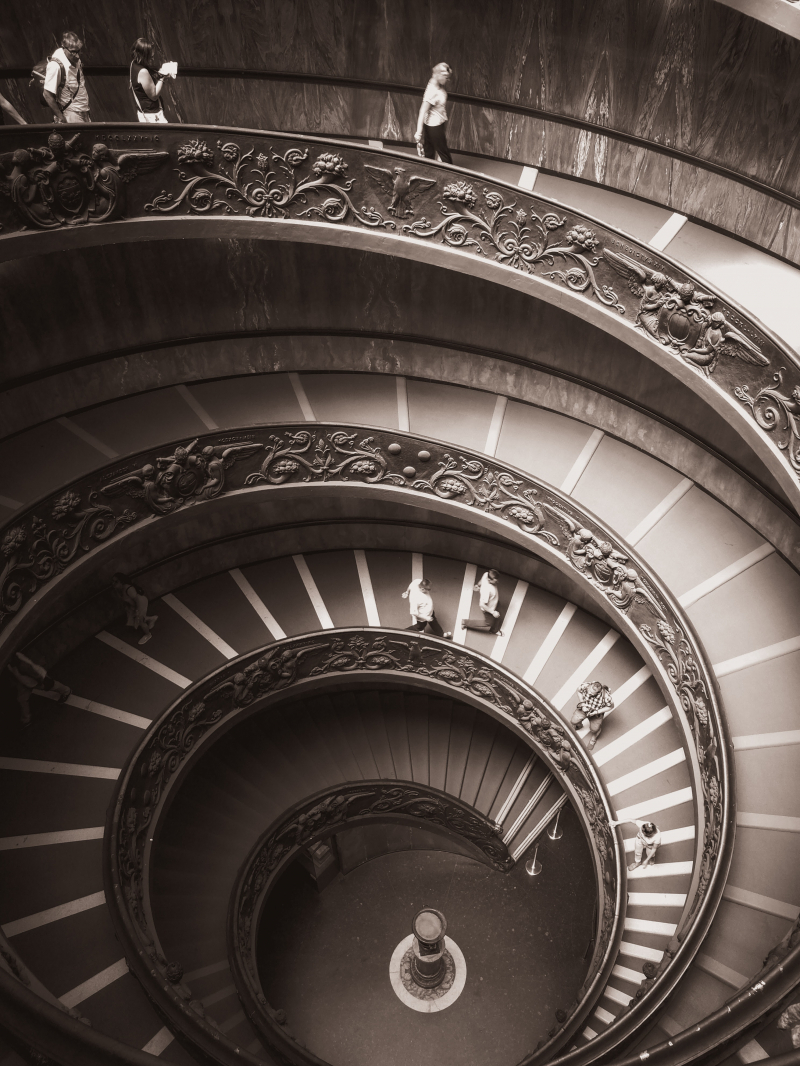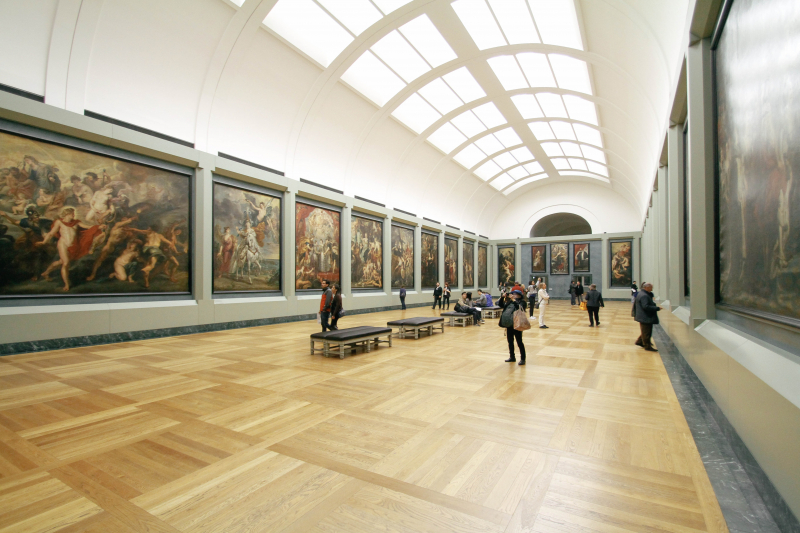The National Museum of Finland (Kansallismuseo)
In 1912, the National Museum of Finland (Kansallismuseo) was constructed in the National Romantic style, Finland's interpretation of the time-honored Art Nouveau movement that was fashionable in Europe. This design is especially suitable for a museum whose mission is to gather and interpret information on Finnish culture and ethnography. The Finno-Ugrian collection, which includes customary attire and common cultural items, is noteworthy. The country's greatest permanent collection of archaeological items is found in the prehistoric area. A number of exhibits also trace Finland's growth from the Middle Ages through the Swedish and Russian empires to its contemporary state.
Beautiful ceiling frescoes from the Kalevala, Finland's national story, embellish the entrance hall. Akseli Gallén-Kallela, arguably Finland's most well-known artist, painted the frescoes. The Municipal Museum is located in a park across from the National Museum. Gesellius, Lindgren, Saarinen, a firm that specializes in architectural design, created the National Museum's building. The structure's exterior is reminiscent of Finland's medieval castles and churches. The interior is primarily art nouveau, while the building is representative of national romanticism. The museum was constructed between 1905 and 1910, and it welcomed visitors in 1916. As Finland gained its independence in 1917, the museum was given the name Finnish National Museum. The Museum reopened in July 2000 following its most recent extensive makeover.
Address: Mannerheimintie 34, 00100 Helsinki
Official site: www.kansallismuseo.fi/en/
Google Rating: 4.4/5.0

















